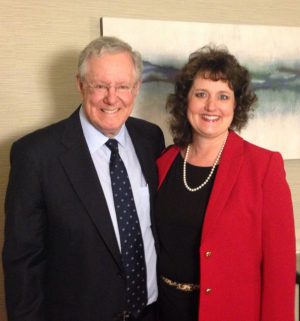Contrast this to the programs where I help technical leaders improve their ability to negotiate and influence. These engineers usually don’t enjoy public speaking at all.
What do professional speakers and technical leaders have in common? More than you think.
We all want to communicate in a way that others will listen.
In the Passport to Success I wrote with Lorri Allen called Speak to Success: Present with Power, Panache & Purpose we reveal these speaker mistakes.
Speaking too fast.
Walking aimlessly.
Using verbal fillers such as “um” or “you know.”
Swaying or shifting weight from foot to foot.
Avoiding eye contact.
Using the leaf or reverse fig leaf gesture.
Dying by PowerPoint.
Not explaining acronyms or jargon.
Speaking too softly.
Apologizing or making excuses.
Another speaker mistake is complaining in front of your audience. While in California recently I also appeared on the local FOX morning show to discuss how to work with complainers.
To avoid these speaker mistakes, remember:
Be familiar with your beginning and closing to the point of memorization.
Start on time, end on time.
Tell yourself, “People can’t wait to hear what I have to say.”
Don’t bluff. Say, “I don’t know” or throw the question to the audience.
Collect and use relevant quotes.
Tell stories to help people remember.
Use props and visual aids.
Involve the audience with interactive activities, discussions or questions.
Help people follow you by verbally giving them the structure of your speech.
End with emotion whenever possible.
Here’s one more: Learn to speak by doing. You can’t learn to speak better without speaking!
Journey On!
About Linda: A recognized authority on negotiations, workplace issues and strategic communication, Linda Swindling, JD, CSP is an author, media expert, a “recovering” employment attorney, and a professional speaker. Contact us to book Linda to speak at your event.
